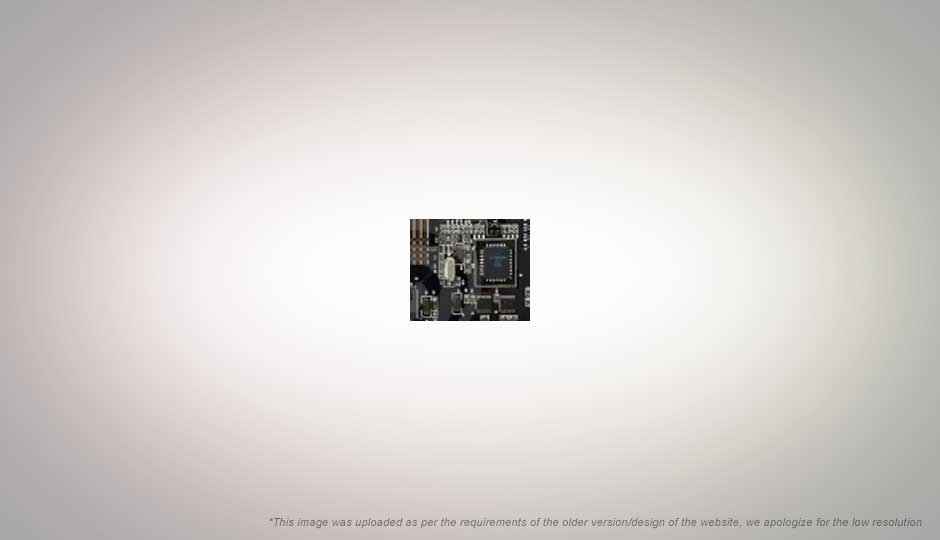ICs with Zero standby power consumption, soon

Off means off and electronic circuits are about to learn that the hard way! Too long have electronics drawn current even while the device claims to be off.
A new innovation in electronic circuit and IC design by Rohm Co Ltd, Japan, has yielded mechanisms which allow ICs to truly consume no energy when inactive, and not only than, come back from standby immediately! Such ICs could be entirely off when no signal is present yet immediately start operating when a signal is present.
The technology utilizes non-volatile memory and logic components, meaning that even when switched off completely, the state of the components is maintained and no data is lost. While this is quite common for memory circuits such as flash memory on microcontrollers (similar to the system flash drives), however this is new for logic circuits, which include registers for storing data that the computer is currently processing.
Earlier systems optimized energy usage by turning off entire circuits when those features were not required, thereby resulting is power savings. However retaining the data in circuits that are switched off results in a very complicated circuit design and become exceedingly difficult as the number of circuits increases.
The new technology allows the circuits to be switched off while retaining their data state, so the complexity can be avoided. Two proposed methods of doing this exist, FeRAM (Ferroelectric Random Access Memory) and MRAM (Magnetic Random Access Memory), Rohm has opted for the FeRAM approach (while a similar technology by NEC uses MRAM). While FeRAM is ten times slower than MRAM, it utilizes a third to a fifth the power to operate.
Both techniques come with their own caveats. While for MRAM you need to design the circuits taking into account the magnetic alignment, FeRAM requires that the number of writes be minimized as they only support around a 100 rewrites.
This can have significant impact on future technology. AsTadahiko Sugibayashi, from the Devices Platform Research Laboratories at NEC, says, “We’ll be able to cut dissipation for digital consumer electronics in the standby mode to just a few percent of what it is now.” Which he claims could lead to “up to hundreds of millions of yen in savings in Japan alone.”
Zero is an attractive goal indeed, but by its very nature it will always be elusive.
